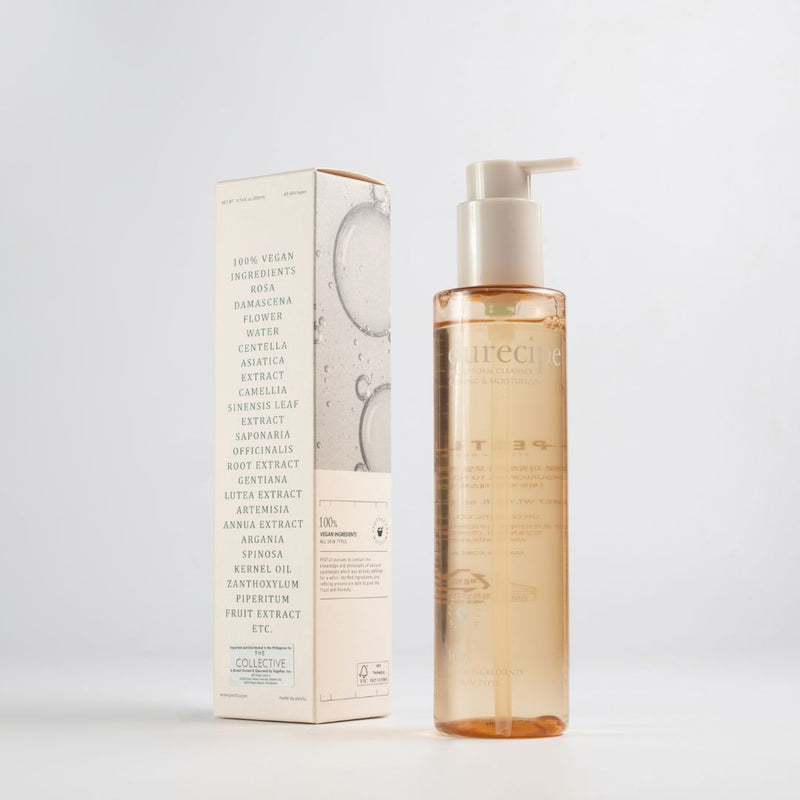Hey There!
We noticed that you're not from the Philippines!.
To provide you with the best possible shopping experience, we recommend using our International Store instead.

Be aware of what goes into your skin by learning how to read skincare product labels!
The advancement in technology allows us to gather data on virtually anything in a few seconds to minutes. The digital world has taken us by storm, and information can be accessed with just a swipe of a finger (not a wand like that of Harry Potter or a sword like Alchemy of Souls). The digital age has provided us with information from various sources. As readers, it is up to us to sift through information such as skincare product labels.
Is it necessary to label products such as drugs, food, and cosmetics? The short answer is yes. If this information is already out there, why is it necessary to put a label on the packaging?
Let us be your modern-day Enola Holmes and explore why skincare product labels matter; all it takes is a peek at the back of your packaging labels to do so.
The scientific names and cosmetic jargon can be intimidating; this is why we are here to make it easier for you to understand. The label is designed to help you be more aware of the ingredients in the product and which products to use or avoid. Check out our simple guide and learn how to easily keep your skin in good condition!
The Association of Southeast Asian Nations (ASEAN) Cosmetic Directive, which is being adopted by ASEAN member states, including the Philippines, defines a label as information written, printed, or displayed on the immediate or outer packaging and any form of leaflets.

Labels play a crucial role in marketing and branding products. It protects customers from buying the wrong product; it contains all the necessary information to ensure they get what they are looking for, rather than having to guess.
We will provide information on what must be included on your cosmetic product labels.
Labels provide information on how to properly use the product and in what quantity. They provide instructions on how to consume it and the recommended amount, which is essential to ensure that the product is not used incorrectly or excessively.
Labels provide us the information about the contents of the product and what we are about to consume. Every company has to declare the product content on the label and avoid any possible health issues. People need to know whether the products contain anything that can cause allergies.
It is also important to note that the ingredients with the most percentage are listed top of the list.
Did you know that the label also empowers consumers? That’s right! It is mandated by law to declare the information (company name and address) of the importer, wholesaler, distributor, or trader placing these products in the market. It is an assurance that the company is legitimate and really exists (not fly by night). This provides the consumers a means to communicate with the company while creating trust and familiarity. They can reach out to the companies for questions and information about the product.
These kinds of details on a label are mandatory to be added by every manufacturer. This precautionary measure warns consumers why they should avoid consuming these products. For example, consumable products include warning statements that the product or ingredient is not meant to be consumed by children below 6 years of age or there is a need to supervise children when brushing their teeth with fluoride toothpaste. These details are meant to avoid any possible health issues before consuming the product.
Labels provide an effective way to protect brands by combating counterfeit products. A label can help identify genuine goods through codes like serial numbers, random lot numbers, destructible labels, and hard-to-replicate label details.
Branding products with registered logos and trademarks also gives legal leverage to take counterfeits off the market. Taking these steps helps identify counterfeit goods, and it also helps protect both company and its consumers.
Labeling of products is not only a regulatory requirement imposed by government regulatory bodies for products to be compliant. It is also a way for consumers to have an informed choice in choosing the product/s intended for their needs and that they can afford. In the same way, it gives a glimpse of whether the ingredients are suited to their skin sensitivities (if any). Moreso, a label distinguishes one product from another.